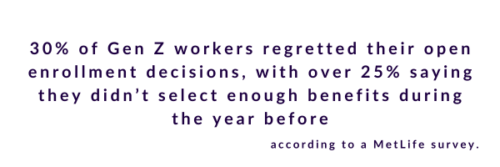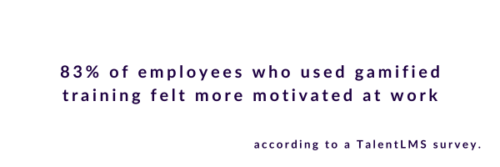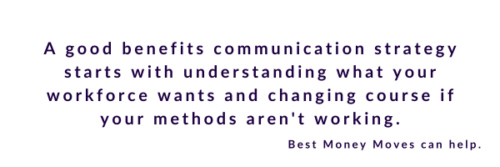
How to Use Benefits to Stand Out to Top Talent
How to use benefits to stand out to top talent. Companies need a competitive benefits package to attract and retain top talent. Here are the standout benefits your employees are looking for.
Offering a good salary isn’t enough to attract cream of the crop employees — top talent want an employer that’s invested in their development and wellbeing, both professionally and personally.
People are critical to a company’s success, so having a strong talent acquisition strategy is key in today’s competitive job market.
Learn how employers of choice are going beyond competitive pay to attract top talent, and ultimately retain top employees.
Companies, regardless of industry and size, struggled with full-time hiring in 2024 — better benefits can boost talent acquisition efforts.
According to research by the Society for Human Resource Management (SHRM), over 3 in 4 companies struggled with full-time hiring in 2024 and nearly 1 in 2 companies have difficulty retaining top talent. This is because top talent are increasingly shopping around for an employer that values their wellbeing, even if that means leaving their current employer.
SHRM’s research also found that regardless of industry or size, recruiting top talent remains a key business issue for all companies.
On the other hand, companies that had success with recruiting in 2024 often cite their strong benefits package as a success factor, according to SHRM. Having a competitive benefits package doesn’t only help get top talent in the door — in the long term, unique value-driven benefits can help retain talented employees.

3 Standout Benefits to Help Attract & Retain Top Talent Employees
1. Tuition support for employees and their family
The cost of attending college and other education programs has skyrocketed in recent decades. As a result, cost has become a large barrier to education for many, but it doesn’t have to be this way.
To support employees’ self-development and improvement, companies are increasingly investing in tuition assistance programs. For instance, some employers of choice offer up to 100% tuition reimbursement for educational self-improvement, including professional training and degree-seeking programs.
Even if the employee themselves isn’t interested in tuition assistance, at some companies this benefit can be leveraged to support the educational costs of an employee’s spouse and children.
2. Flexible work models (hybrid, remote)
Although many companies are shifting back in-office, hybrid work models are here to stay.
Many employees value having the opportunity to work remotely, whether full-time or several days a week. This is because flexible work models can help support employees’ work-life balance, while also creating a more inclusive work environment.
Flexible work models allow all employees to participate in the workforce — including parents, caregivers, and people living with disabilities.
Without hybrid/remote work, almost 40% of mothers say they’d need to decrease their work hours or leave their jobs entirely to meet their caregiver duties, according to research by McKinsey & Co.
In sum, hybrid work may seem like a simple offering, but it’s an impactful benefit that can go a long way for top potential employees.
3. Financial wellness & money management resources
A key step in creating a resilient workforce is meeting your employees’ most top-of-mind worries — and oftentimes, a leading stressor employees face is related to money.
Over 50% of employees say that they’re financially stressed, according to PwC’s 2024 Global Workforce Hopes & Worries survey. Prolonged financial stress can impact employees’ ability to focus and perform their best, which can ultimately lead to lower productivity.
To help employees dial down their money worries, employers of choice have increasingly invested in financial wellness benefits and resources.
Whether it be 1:1 financial advising or personalized savings programs, offering money management benefits can help employers demonstrate to future employees their commitment to all aspects of employee wellbeing, including financial wellness.
Offer top benefits to attract top talent with help from Best Money Moves.
Best Money Moves is an AI-driven, mobile-first financial wellness solution designed to help employees with varying levels of financial knowledge dial down their most top-of-mind financial stresses. As an easy-to-use financial well-being solution, Best Money Moves offers comprehensive support toward any money-related goal, ranginging from debt management to purchasing a home. With 1:1 money coaching, budgeting tools and other resources, our AI-driven platform is designed to help bolster employee financial wellbeing.
To learn more about Best Money Moves Financial Wellness Platform, let’s schedule a call. Contact us and we’ll reach out to you soon.








